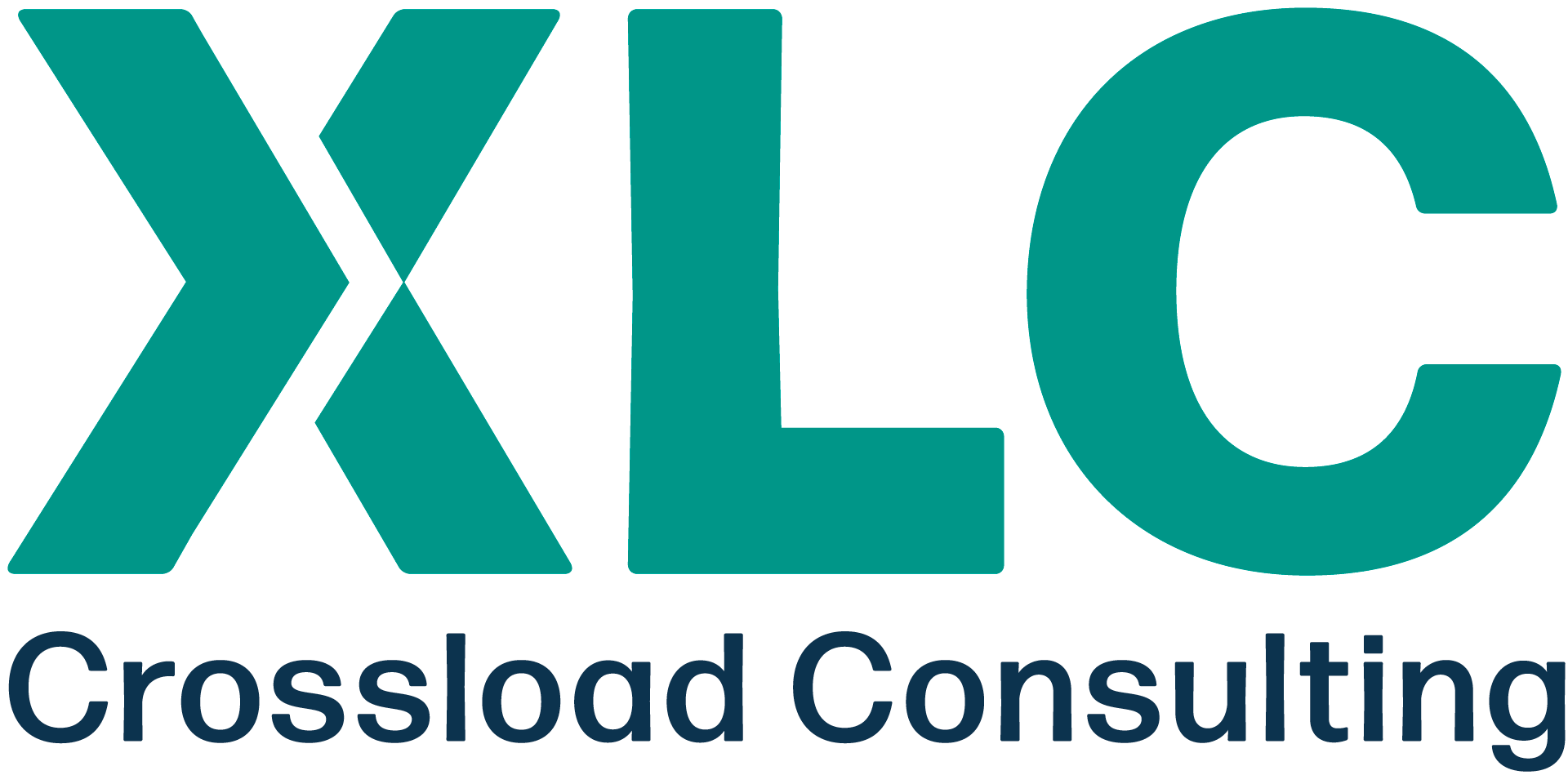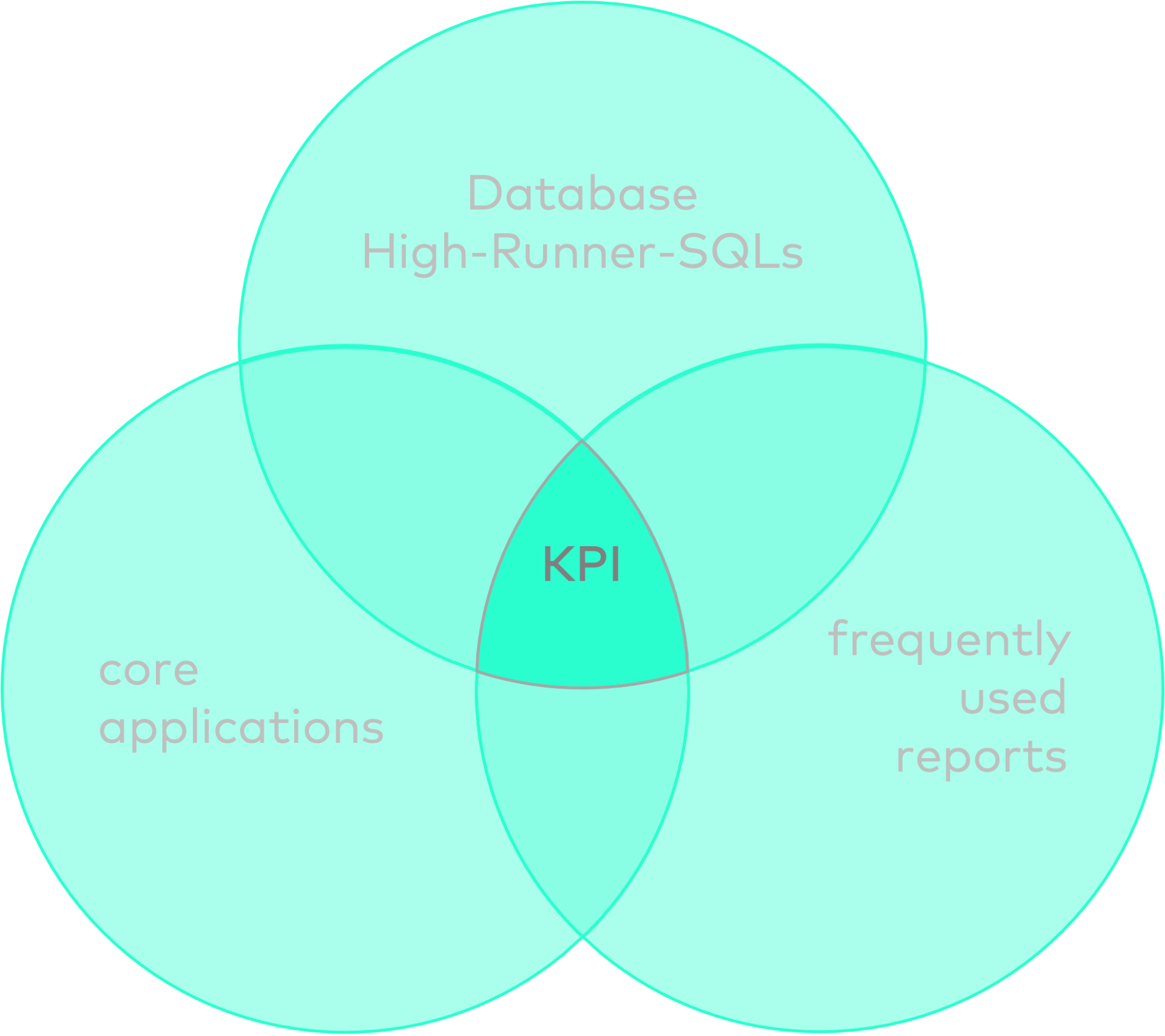HANA Updates & Upgrades
In addition to the technical update, the maintenance cycle also includes testing the application and performance, as well as ensuring integrity. This is often neglected.
However, the more you use the HANA features, the more elementary the importance of a proper procedure for quality assurance of your system stability becomes.
Workshop
This workshop is used for the initial recording of the systems and expectations.
This is where the KPIs are set against which the end result is measured.
To analyse
Analysis of the systems in advance using our own tools and methodology
Results report
In the report, we reflect the system behavior after the upgrade.
All important servicesfrom a single source.
With our range of services, we meet a wide variety of requirements.
We help to implement your projects successfully and cost-effectively. With the Tandem License Ethics and XLC as specialists, you gain the necessary knowledge advantage.




